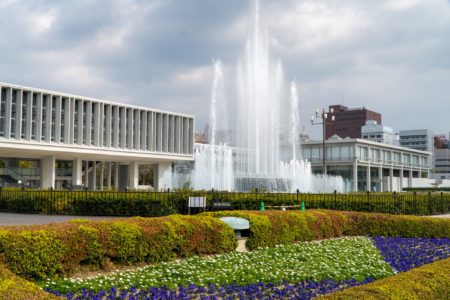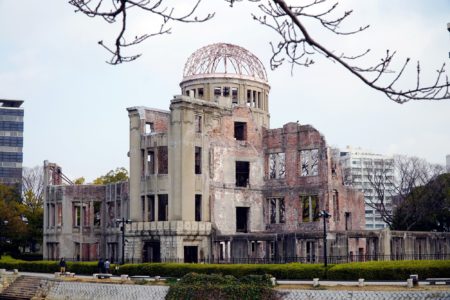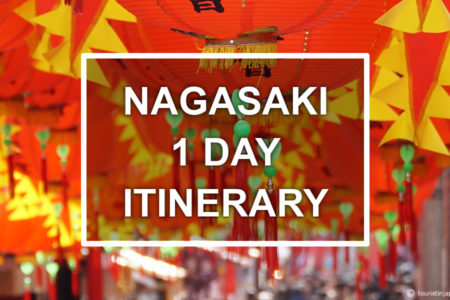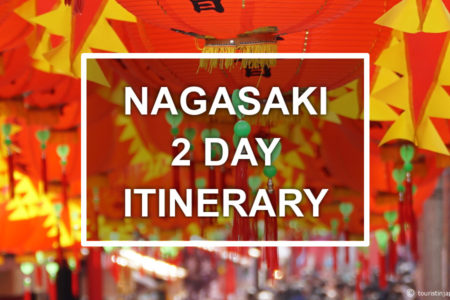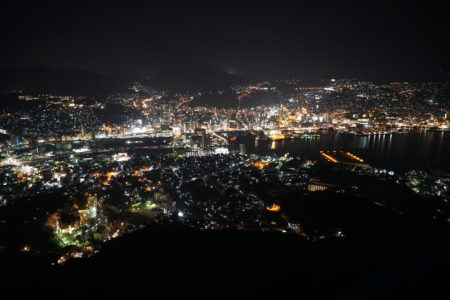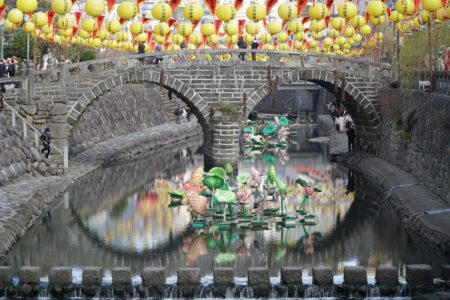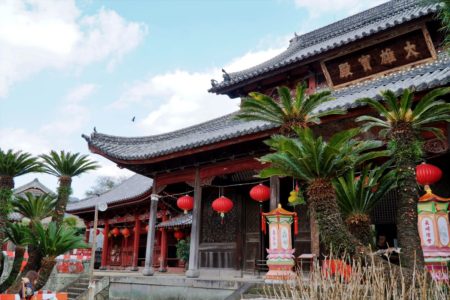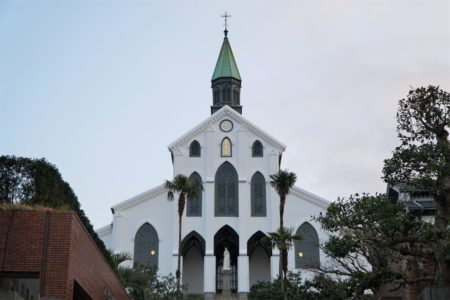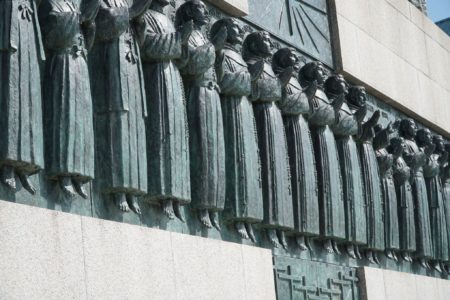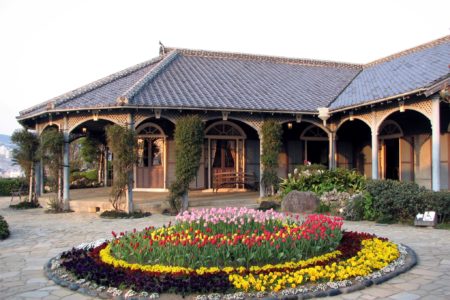The Hiroshima Peace Memorial Museum is dedicated to remembering the atomic bombing of Hiroshima in 1945. It serves to document the tragic attack and to tell the stories of the horrors experienced by the survivors. Numerous objects and photos are displayed, giving a very visual and frightening insight into what happened in Hiroshima on August …
